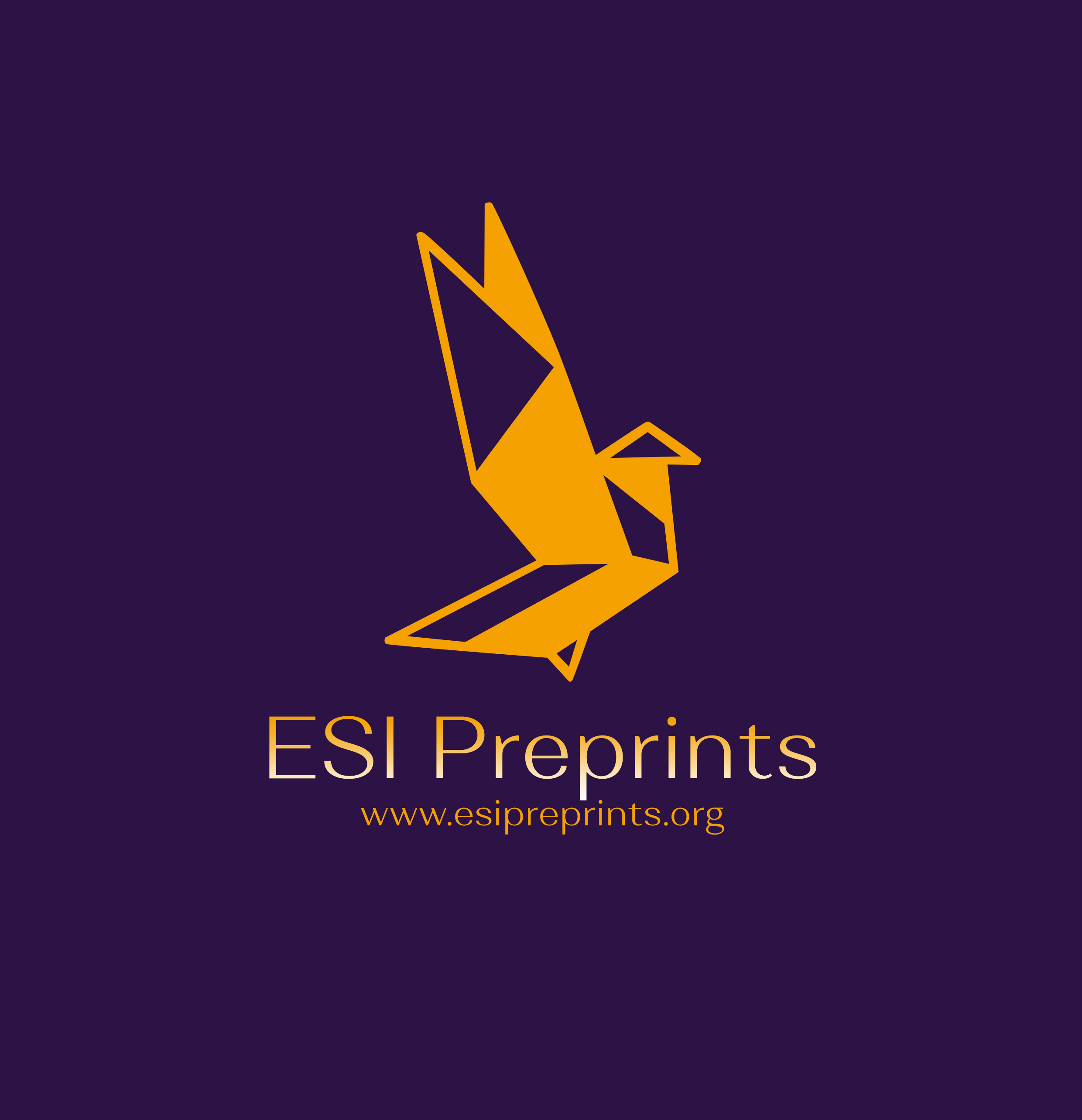The Analytical Interpretation of Classical Alice in Wonderland in the Movie Adaptations of Walt Disney (1951) and Tim Burton (2010) Through a Feminist Perspective and Symbolism
Abstract
Alice’s Adventures in Wonderland is a world-wide known, fictional, British children’s book with its fantastical tales and riddles by Lewis Carroll. Being translated into more than 174 languages, it has also been the source of inspiration for some famous studios like Walt Disney and movie directors like Tim Burton. In Walt Disney’s adaptation (1951), the audience witnesses an Alice who is a courteous and curious child having a vast and vivid world of imagination with her neat and clean, blue-white dress. The characterization of Alice is very much similar to the book in terms of reflecting the time in which the book was written. Alice is a smart girl who is both educated according to the fashion of her time and different with her creativeness when it comes to dreaming of a “wonderland” that is full of nonsense when compared to the tedious mindset of the society in which she lives. On the other hand, Alice in Wonderland (2010) is transformed into a real masterpiece by the 21st century-movie director Tim Burton. He remains loyal to the characters; however, he presents a young, energetic Alice with a great imagination as usual. She is bolder, more independent, stronger both in mind and soul, and more feminist. In the movie, while she is considered to be mature enough to get married according to the norms and customs of 19th century England, she ends up as a dragon slaying heroine in underland. So, this paper aims to analyse how classical Alice in Wonderland is interpreted in the movie adaptations by Walt Disney (1951) and Tim Burton (2010) through a feminist perspective and symbolism.
Downloads
Metrics
References
2. Alice in Wonderland. Directed by Tim Burton, Walt Disney Studios Motion Pictures, 2010. www.123movie.lc/mov/alice-in-wonderland-2010/watching/. Accessed 30 November 2021.
3. Bauer, Patricia and Lowne, Cathy. "Alice's Adventures in Wonderland". Encyclopedia Britannica, 5 May 2020, www.britannica.com/topic/Alices-Adventures-in-Wonderland. Accessed 30 November 2021.
4. Burki ,Mary Ann Mason. “Women in the Nineteenth Century as Seen through History and Literature.” The History Teacher, vol. 8, no. 2, Society for History Education, 1975, pp. 193–98, doi.org/10.2307/491522. Accessed 30 November 2021.
5. Friedman, Michelle ,et al. “What Is Feminism? And What Kind of Feminist Am I?” Agenda: Empowering Women for Gender Equity, no. 1, Agenda Feminist Media, Taylor & Francis, Ltd., 1987, pp. 3–24, www.jstor.org/stable/4547903. Accessed 13 January 2022.
6. Ismajloska, Mersiha. “Alice in the Land of Movies”. Libri & Liberi, vol. 3, December 2014, pp. 311-318, ResearchGate, www.researchgate.net/publication/271194144_Alice_in_the_Land_of_Movies. Accessed 30 November 2021.
7. McDonnell, C. A. (2018). Marriage in Victorian England. [Commonwealth Honors in History, Bridgewater State University]. Marriage in Victorian England (bridgew.edu). Accessed 13 January 2022.
8. Prorokova, Tatiana. Modern Language Studies, vol. 46, no. 1, Modern Language Studies, 2016, pp. 83–86, http://www.jstor.org/stable/44864110. Accessed 15 January 2022.
9. Rappaport, Helen. Queen Victoria: A Biographical Companion. California, Santa Barbara: ABC-CLIO, 2003.
10. Sabbarwal, Sherry. “The Changing Face of Feminism: Dilemmas of the Feminist Academic.” Sociological Bulletin, vol. 49, no. 2, 2000, pp. 267–77, The Changing Face of Feminism: Dilemmas of the Feminist Academic on JSTOR. Accessed 13 January 2022.
Copyright (c) 2023 Burcin Hasanoglu

This work is licensed under a Creative Commons Attribution-NonCommercial-NoDerivatives 4.0 International License.








